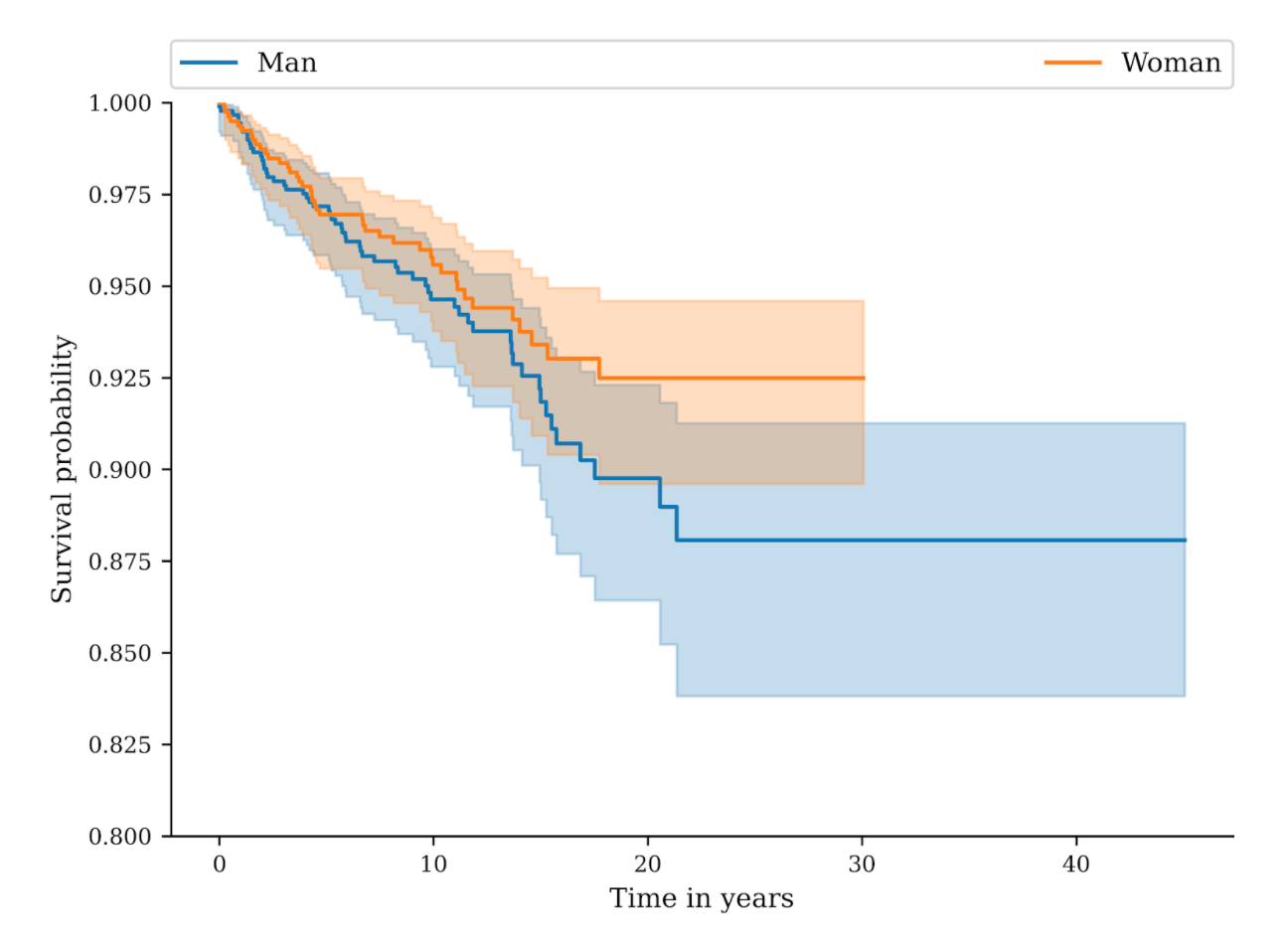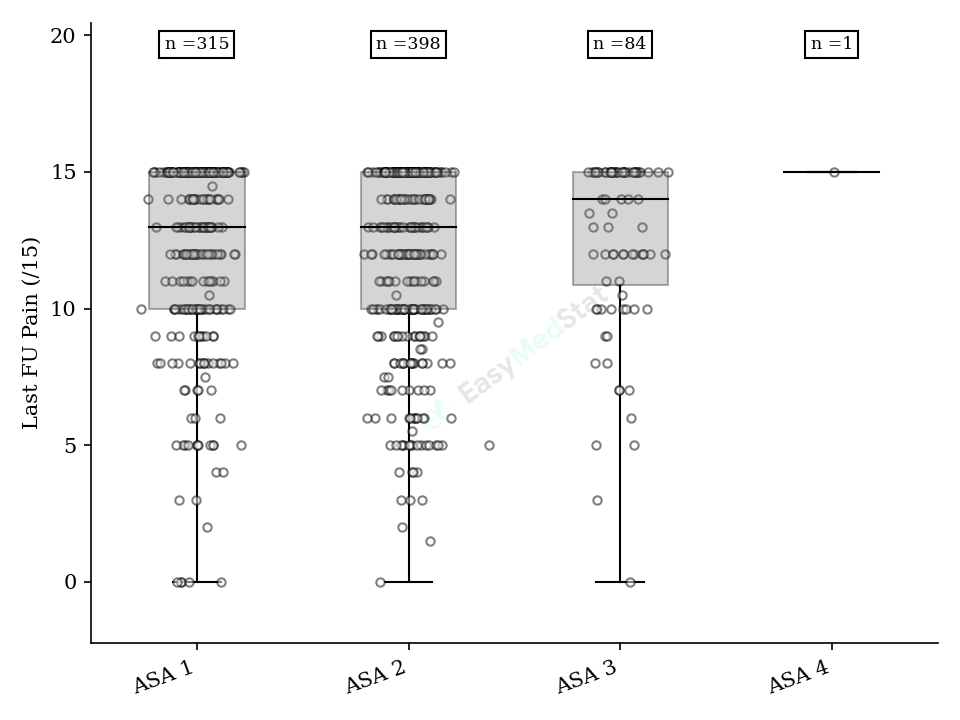Student T-Test Online Calculator
A better way to perform your statistics
Automated calculations
When using EasyMedStat, all the calculations will be performed automatically including the p-value and the numeric distributions (mean, standard deviation, …) of both groups.
What to write in my article?
In addition to the automated calculations, you will be provided with two texts to insert directly into your article: one for the methods section and one for the results section describing exactly the result of your test and the statistical methods used.
Vivid & Clear Professional Charts For Your Article
EasyMedStat automatically generates stunning charts based on your data (box plots, bar charts, dot plots, …), then lets you download them to include in an article or publication.
What is the Student t-test?
The Student t-test is among the most frequently used statistical tests in clinical research. It is used to compare the distribution in two groups of patients. There are actually two different Student t-tests: one for dependent samples and one for independent samples. The dependent sample t-test is, for example, used to compare pre-treatment and post-treatment values in the same patients. The independent sample t-test deals with independent groups, like when you compare the weight of female and male patients. The dependent sample t-test is used in the same context as the Wilcoxon signed-rank test and the independent sample t-test is used in the same context as the Mann-Whitney U-test.
Can I use a Mann-Whitney test instead of a Student t-test?
Both tests are used in medical studies to test the numeric distributions of two independent groups. However, their calculation methods are very different. Due to its parametric nature, the Student t-test cannot be used in every circumstance. However, when using EasyMedStat, the most appropriate test will automatically be chosen according to your data, so you do not have to worry if you can use this test or not. EasyMedStat does all the work for you.
In addition, if you use the Student t-test, you should pay attention to whether you use the test for independent or dependent samples. Once again, EasyMedStat takes care of this for you so you won’t make any mistakes!
Can I always use a Student t-test to compare two means?
The quick answer is: No. To use the Student t-test, you need to respect two assumptions: normality and homoscedasticity. The normality of the samples is usually checked with the Shapiro-Wilk test or the Kolmogorov-Smirnov test, and the homoscedasticity (or equality of variances) can be checked with the Levene’s test or the F-test.
Fortunately, when you use EasyMedStat, you do not have to worry about all these complicated details. EasyMedStats selects the most appropriate test for you according to your data and your clinical question.





